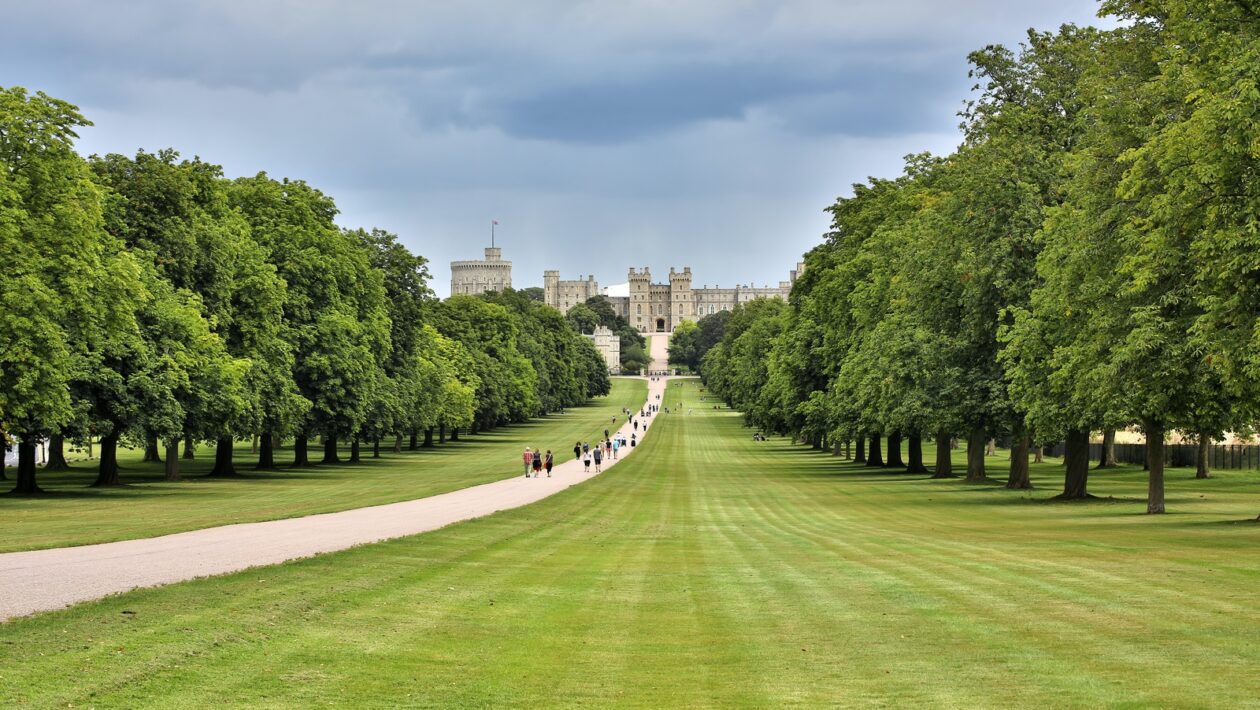A Mosaic of Beliefs
The Elizabethan era (1558-1603) was a time of religious diversity and coexistence, marked by interactions between various faiths within the same society. Amidst the religious tensions between Catholics and Protestants, a complex web of relationships emerged, revealing instances of tolerance, conflict, and mutual influence.
Tensions and Coexistence
The period witnessed the coexistence of Catholics and Protestants, each with their distinct beliefs and practices. While tensions often flared, there were instances of local communities practicing their faiths side by side, with a degree of acceptance.
Religious Privileges and Restrictions
While religious pluralism existed to some extent, religious privileges and restrictions were subject to changing political climates. At times, Catholics faced legal and social disadvantages due to suspicions of their loyalty to foreign powers. Nevertheless, instances of collaboration and mutual respect also emerged.
Shared Spaces and Interaction
In some regions, shared spaces, such as marketplaces, allowed individuals from different faiths to interact in non-religious contexts. These interactions fostered a sense of shared identity as citizens while acknowledging religious differences.
Literary Exchange and Debate
The realm of literature and intellectual exchange became a platform for discussing religious ideas. Dialogues and debates between scholars from different faiths contributed to a broader understanding of various theological perspectives.
Religious Conversion and Hybridity
Interactions between faiths sometimes led to religious conversion and hybridity. Individuals from one faith may have been influenced by the practices and beliefs of another, resulting in unique spiritual syntheses.
Redefining Coexistence and Dialogue
The religious pluralism and interactions of the Elizabethan era invite us to redefine the concepts of coexistence and dialogue. By examining the ways in which different faith communities navigated their relationships, we gain insight into the complexities of peaceful coexistence amidst religious differences.
Legacy and Contemporary Significance
The interactions between faiths during the Elizabethan era hold relevance in contemporary discussions about multiculturalism, religious diversity, and the challenges of fostering understanding and respect in a pluralistic society.
Conclusion
The religious pluralism and coexistence of the Elizabethan era demonstrate the intricate dynamics of faith communities interacting within a shared social fabric. The stories of tolerance, collaboration, and mutual influence shed light on the nuanced ways in which individuals navigate their religious identities amidst a diverse tapestry of beliefs. By exploring this era, we deepen our understanding of the potential for peaceful coexistence in a world rich with religious diversity.

